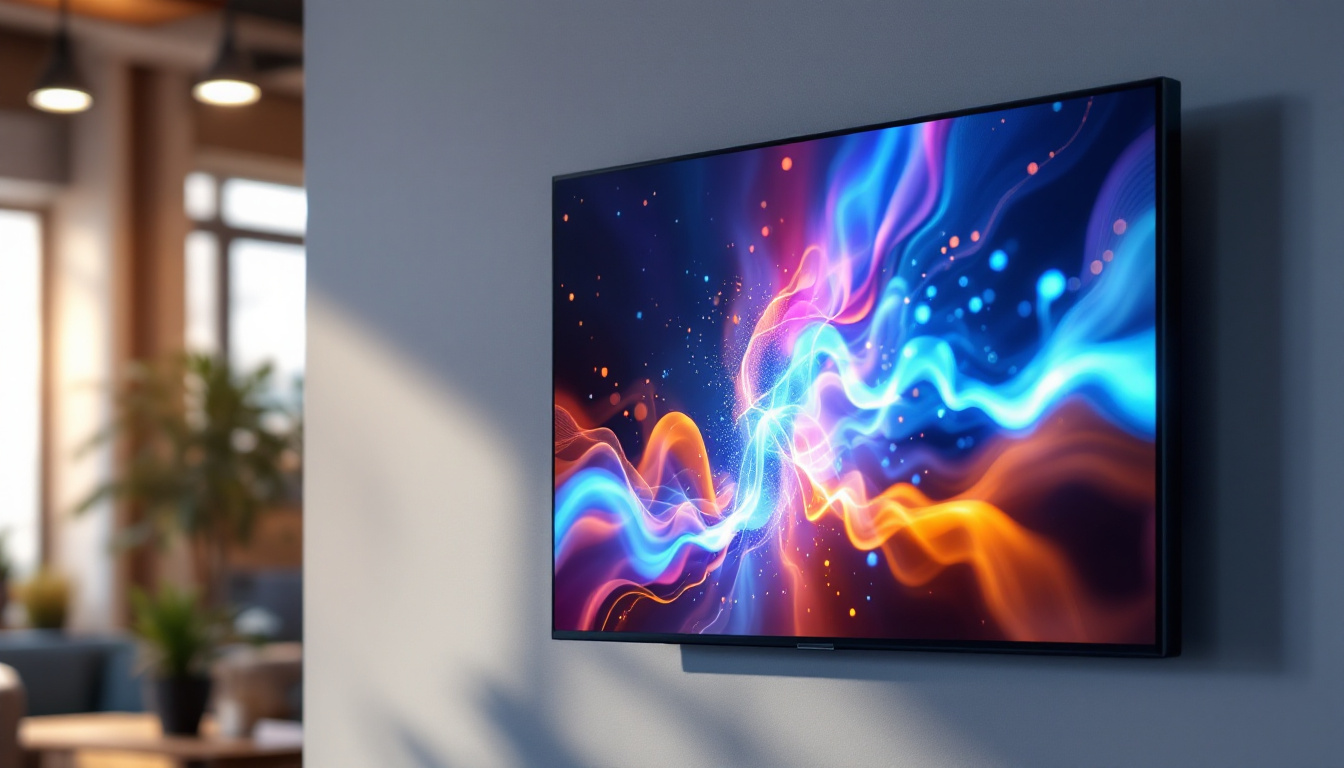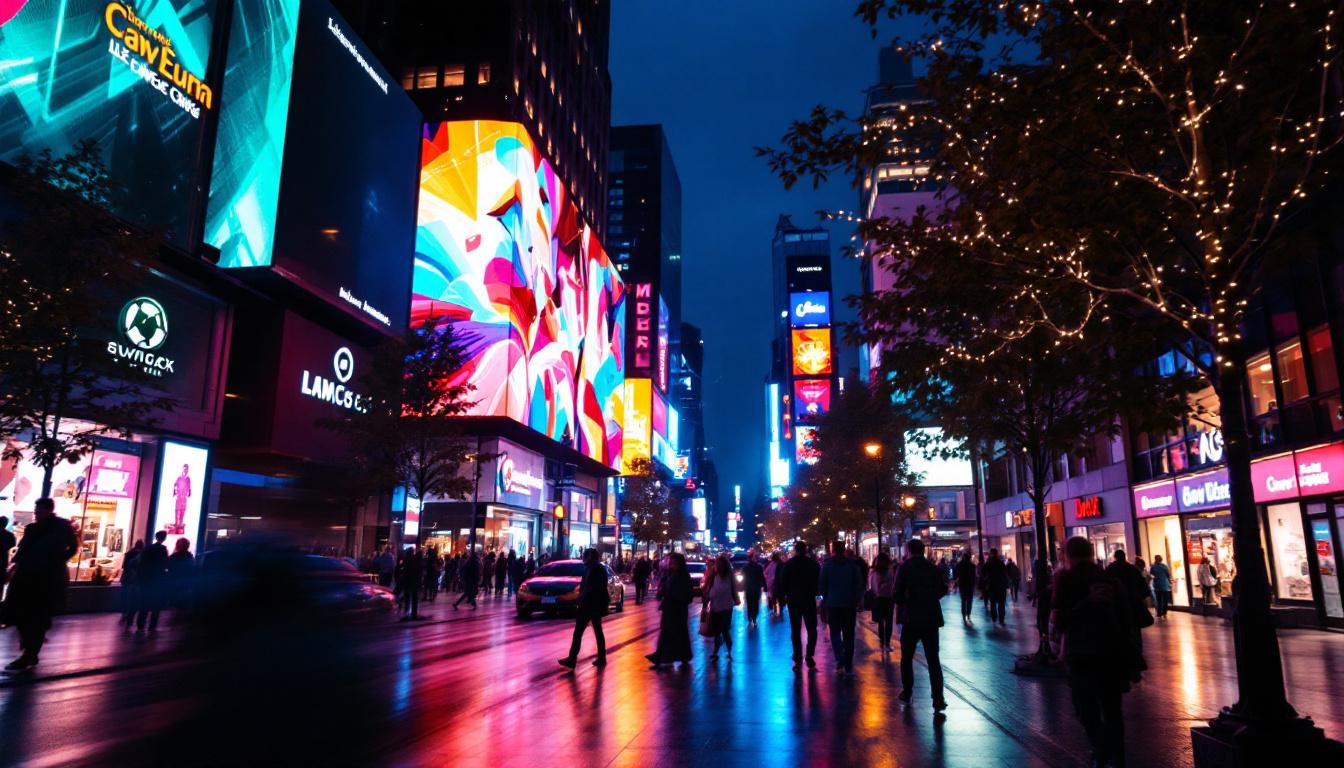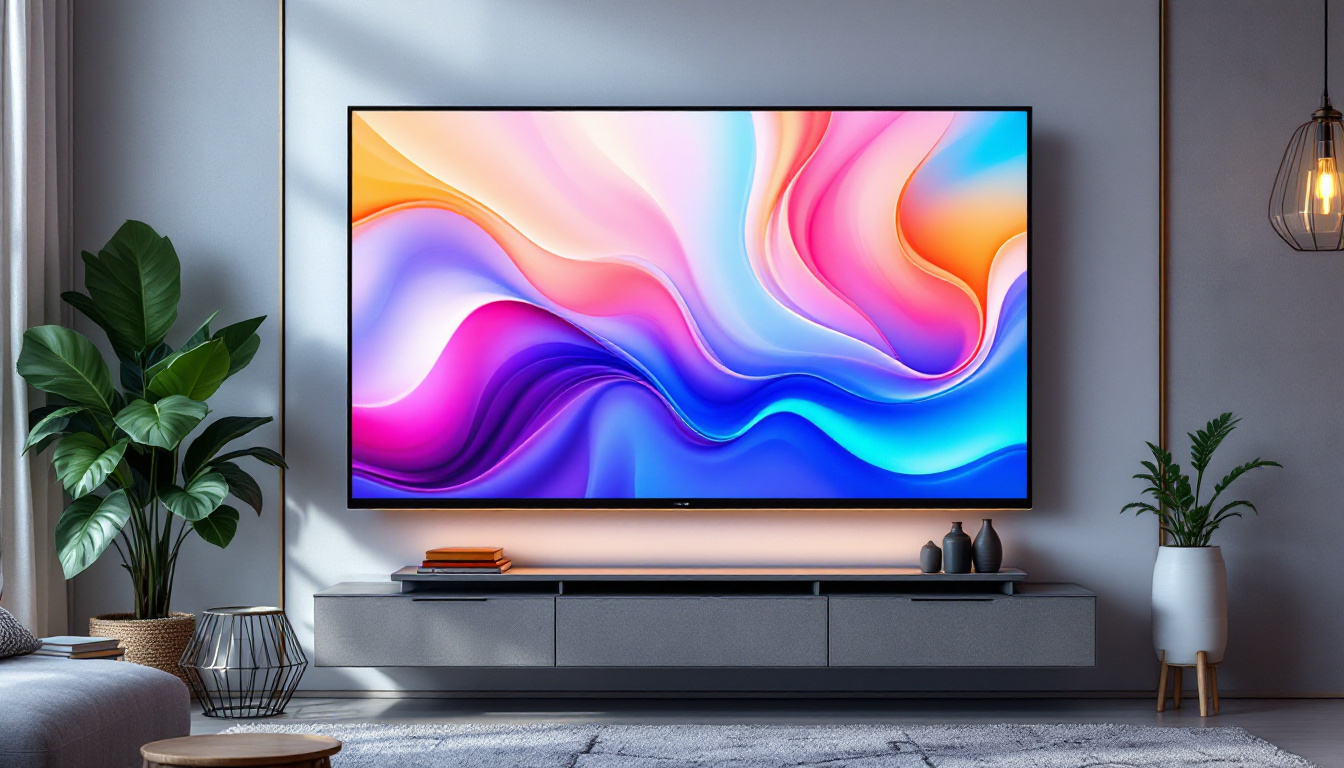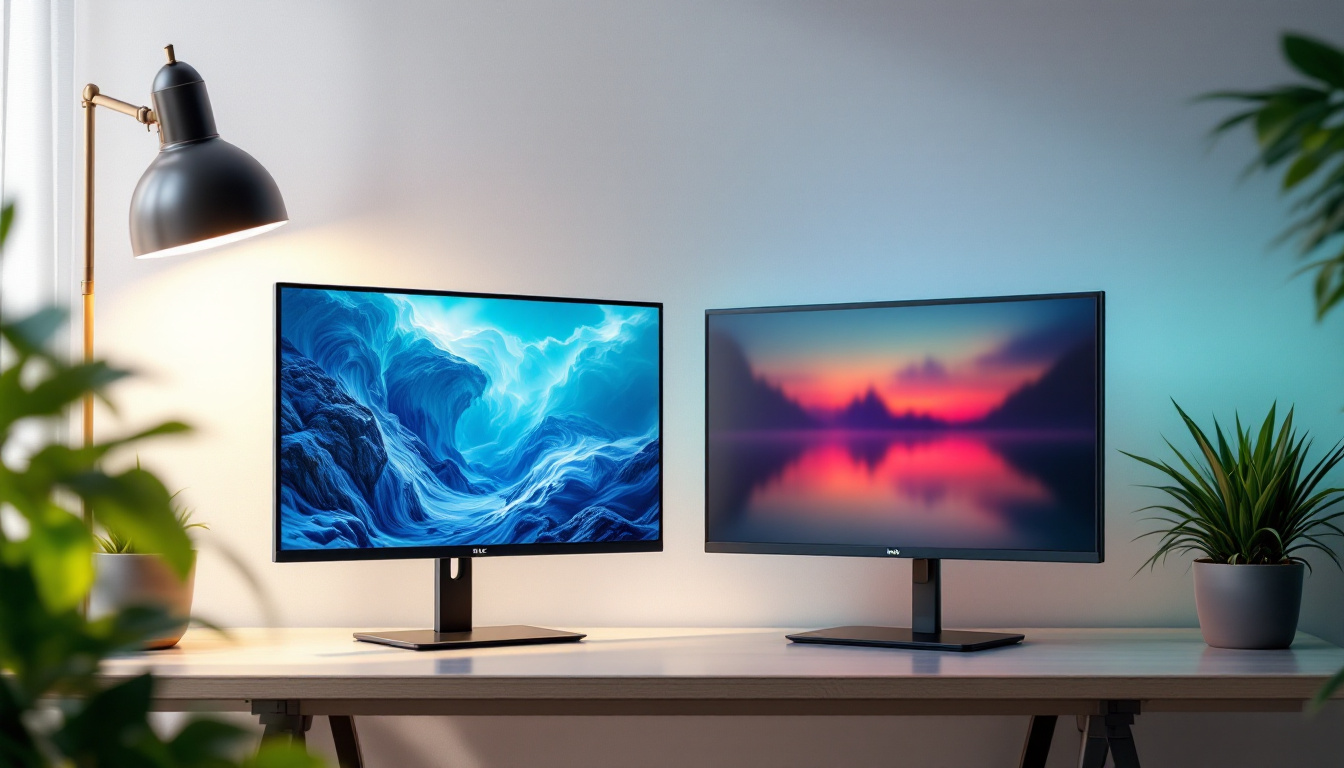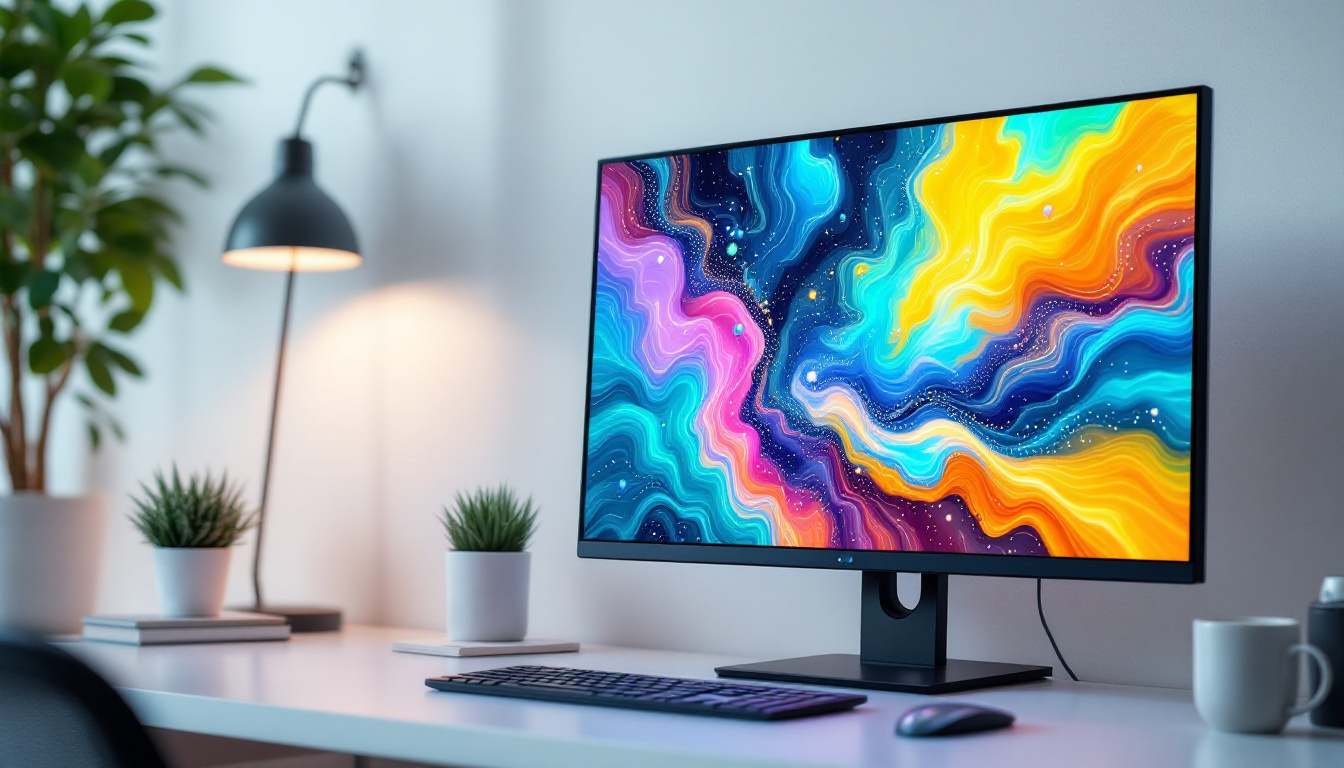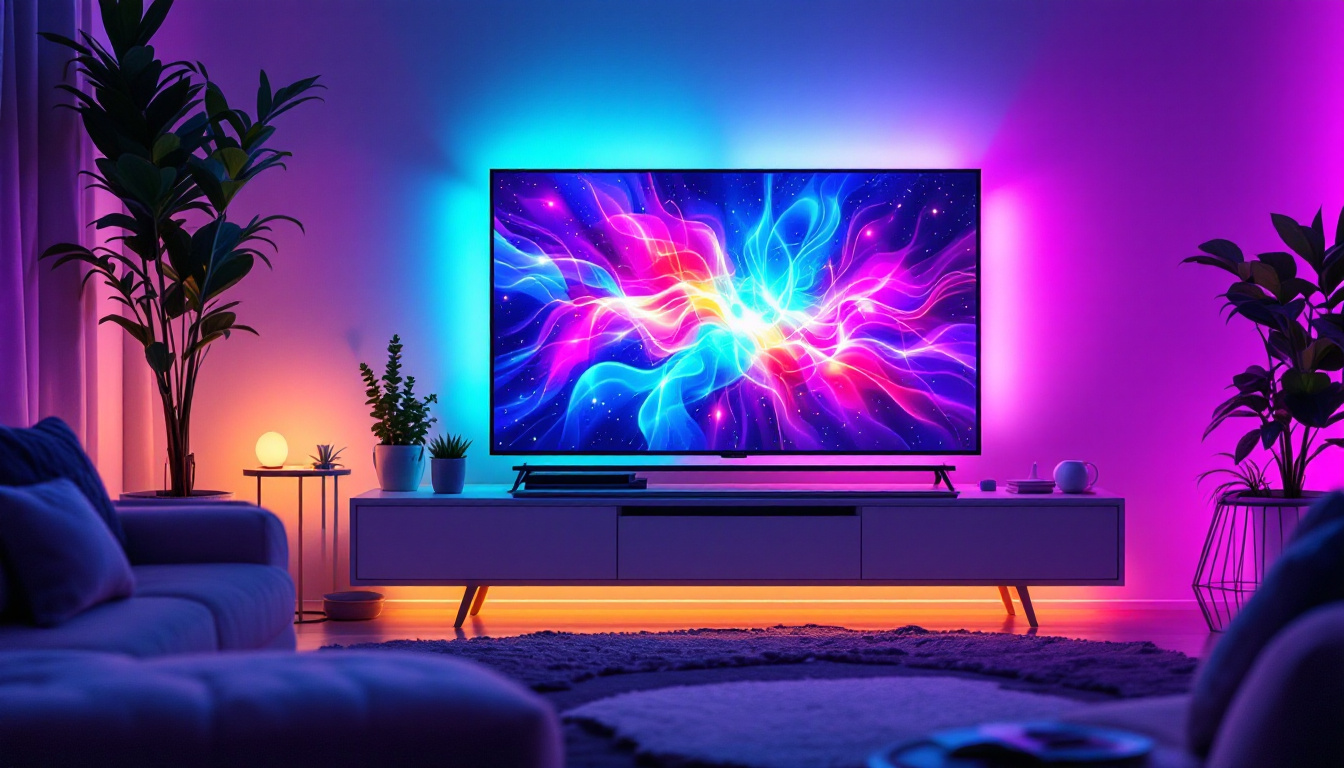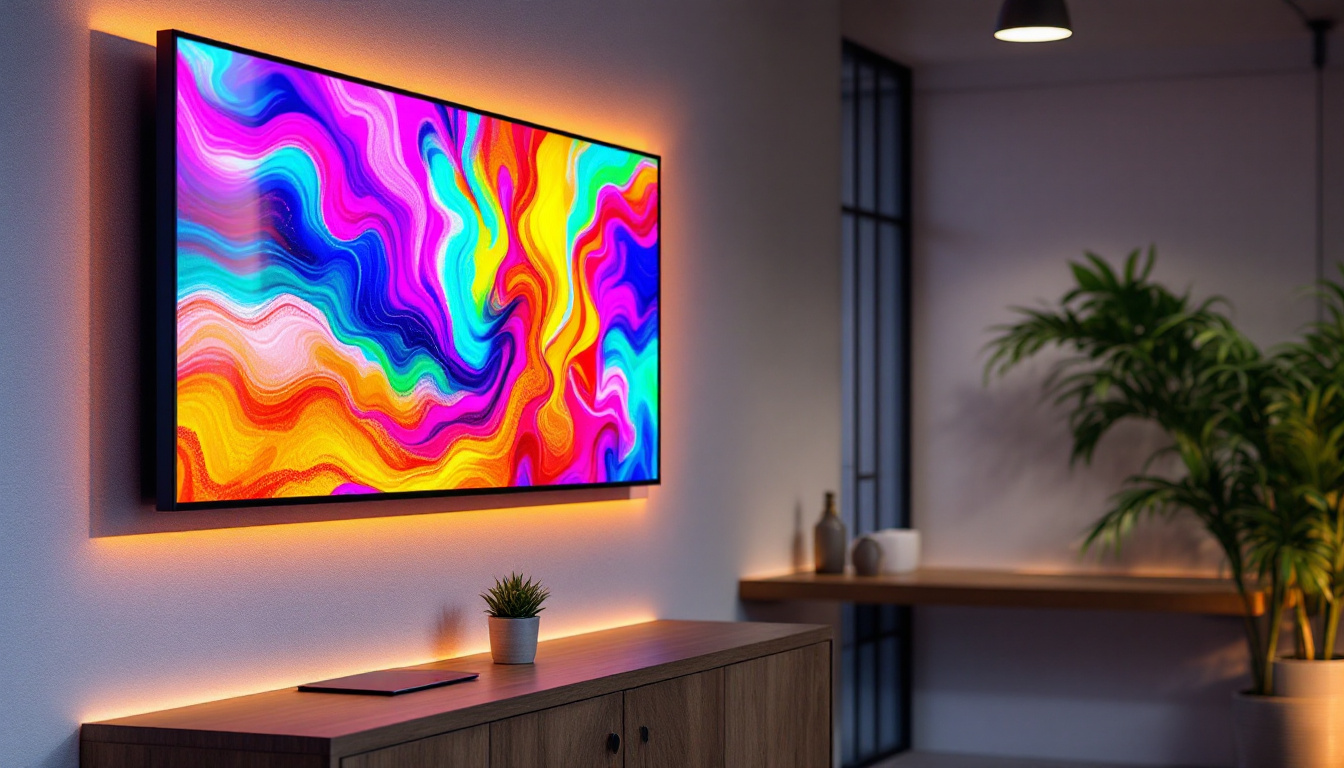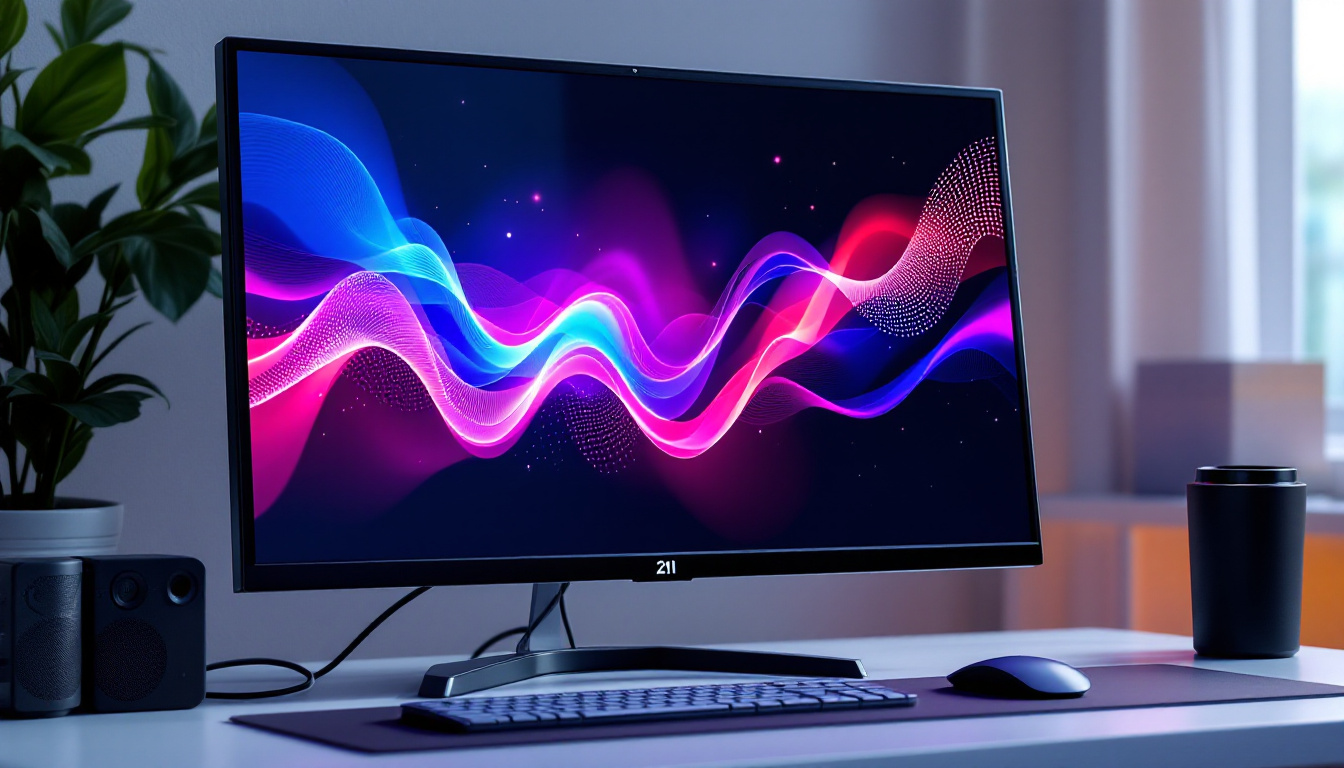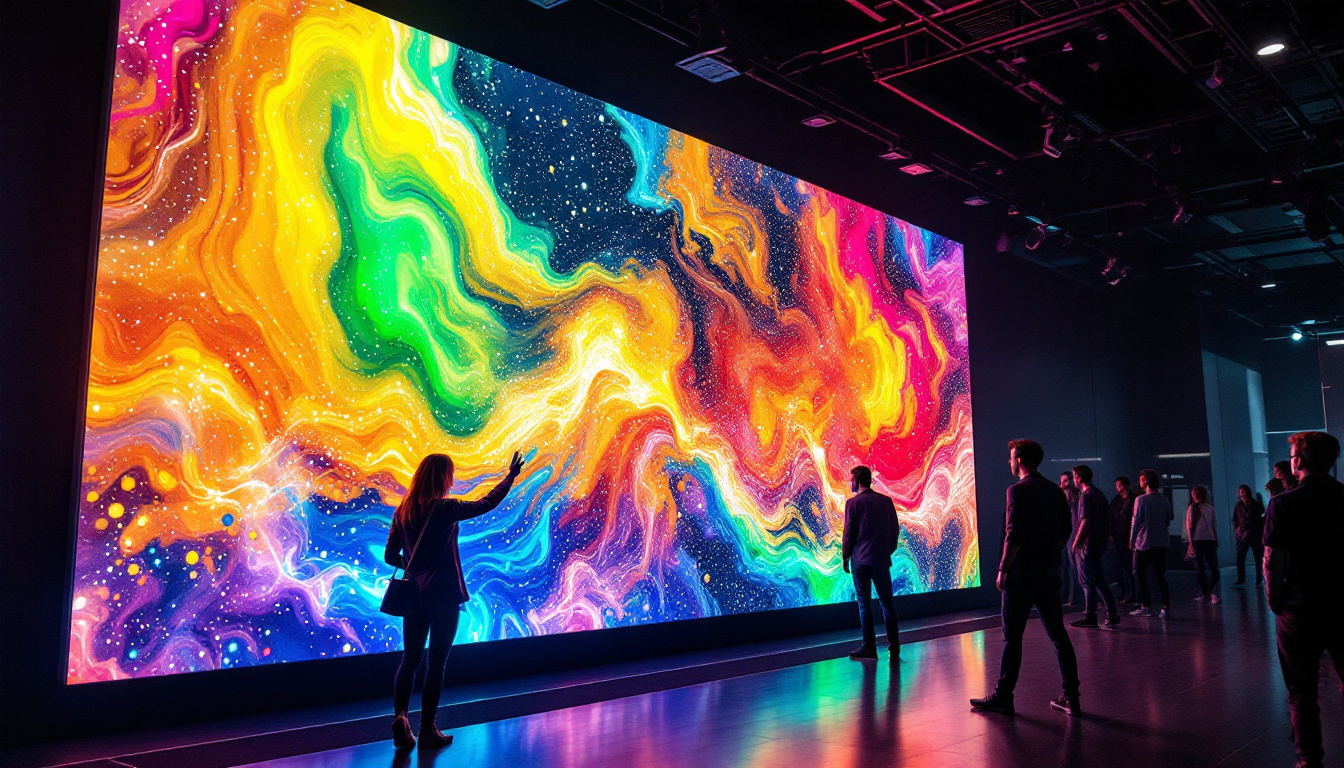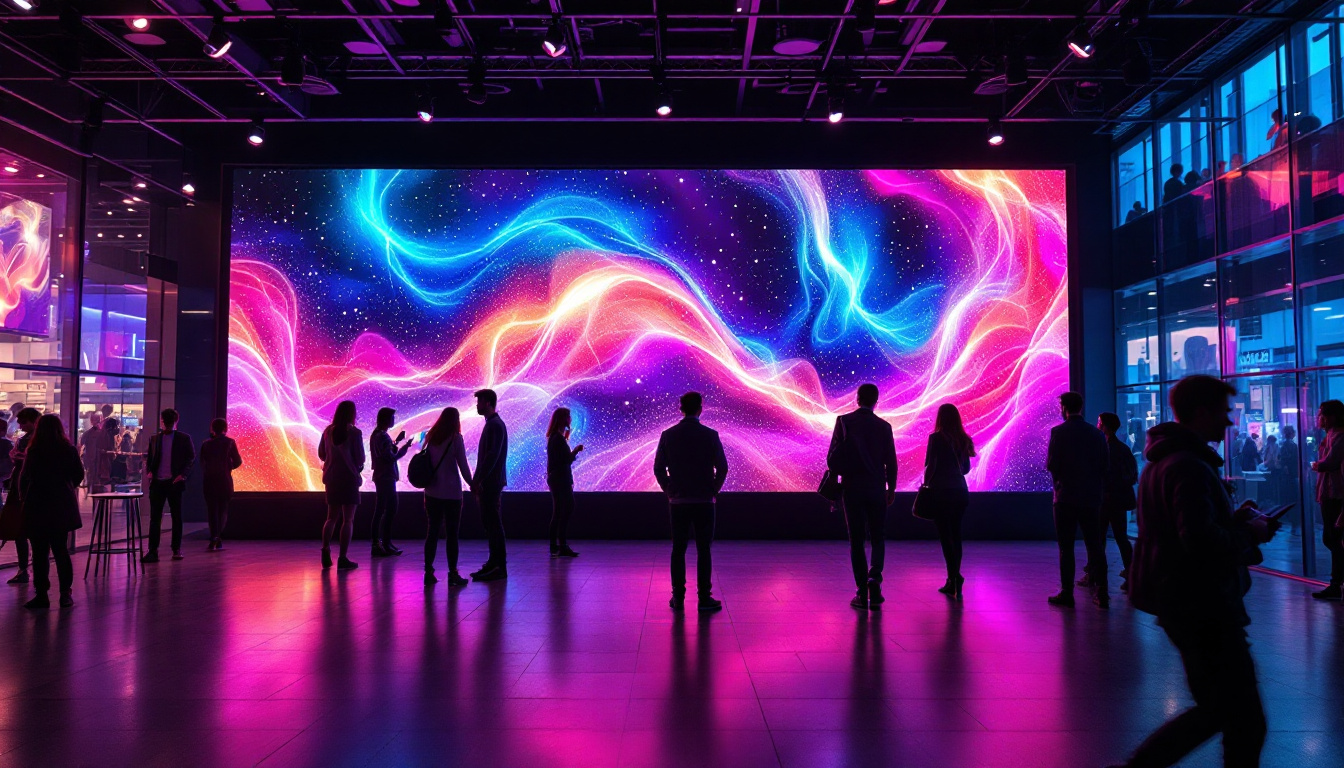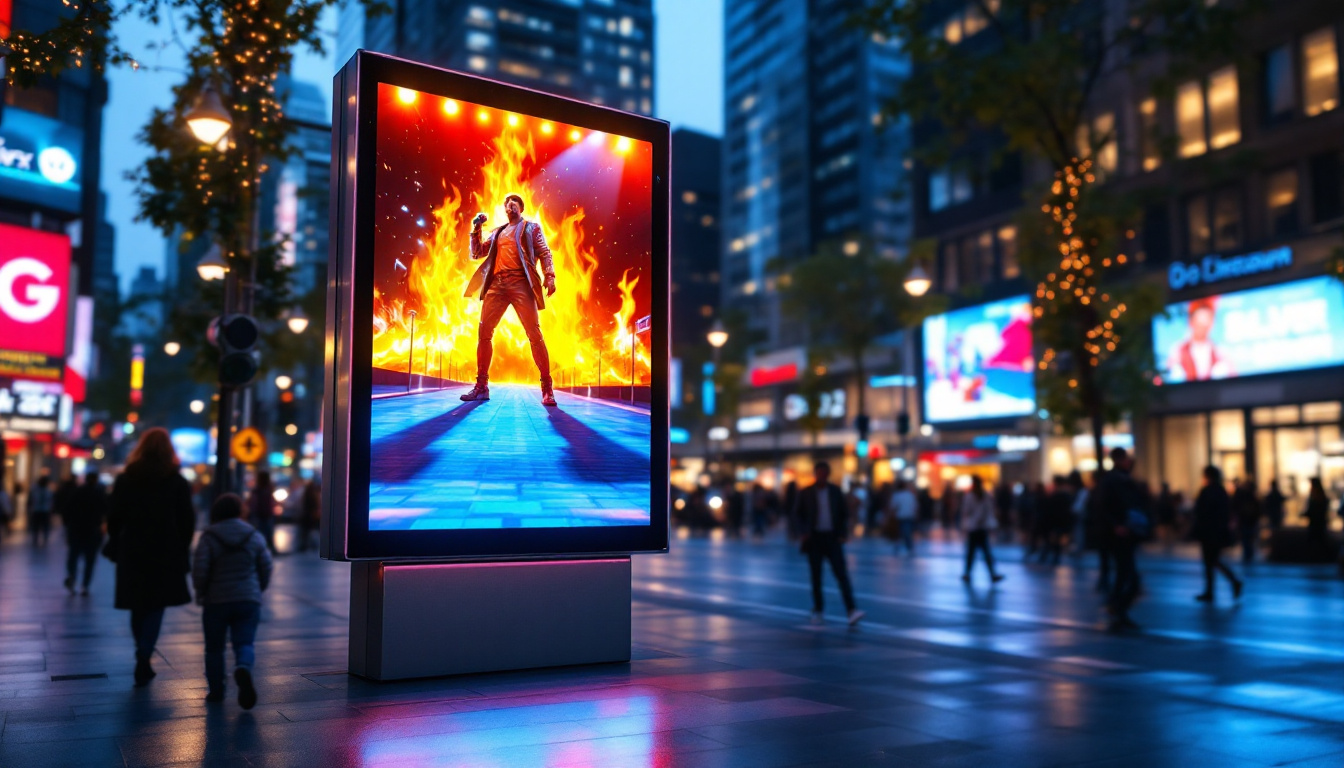In the fast-paced world of technology, products that once revolutionized industries often become obsolete or discontinued as newer innovations take their place. Among these, LED displays have played a pivotal role in shaping how we consume visual information, from consumer electronics to large-scale advertising. This article explores the journey of popular discontinued LED display products, explaining the technology behind them, their impact, and why they were eventually phased out.
Understanding LED Display Technology
Light Emitting Diode (LED) displays have been a cornerstone in the evolution of visual technology. Unlike traditional LCD or plasma screens, LED displays use light-emitting diodes to produce images, offering distinct advantages in brightness, energy efficiency, and lifespan.
At their core, LEDs are semiconductor devices that emit light when an electric current passes through them. In displays, these diodes are arranged in arrays to form pixels, which combine to create images. LED technology can be categorized into two main types: direct LED and OLED (Organic LED), each with unique characteristics.
Direct LED displays use small LEDs as backlighting behind an LCD panel, enhancing brightness and contrast. OLED displays, on the other hand, consist of organic compounds that emit light themselves, allowing for thinner screens with superior color accuracy and flexibility. Both types have seen various iterations and applications over the years.
The Rise of LED Displays in Consumer Electronics
LED technology became widely popular in the early 2000s, especially as a replacement for bulky cathode ray tube (CRT) monitors and televisions. The transition to LED-backlit LCDs allowed manufacturers to produce slimmer, more energy-efficient screens with better color reproduction.
By 2015, LED displays dominated the market for televisions and computer monitors, with global shipments exceeding 200 million units annually. The affordability and improved performance of LED technology made it accessible to a broad audience, fueling rapid adoption.
As the technology advanced, manufacturers began to explore innovative applications for LED displays beyond traditional consumer electronics. For instance, the rise of smart TVs integrated LED technology with internet connectivity, enabling streaming services and interactive features that transformed the viewing experience. Additionally, LED displays found their way into advertising, with large-scale digital billboards and signage becoming commonplace in urban environments. This shift not only enhanced visual communication but also allowed for dynamic content that could be updated in real-time, making advertisements more engaging and relevant.
Furthermore, the integration of LED technology into mobile devices has revolutionized the way we interact with screens. Smartphones and tablets now utilize high-resolution OLED displays, offering vibrant colors and deep blacks that enhance everything from gaming to photography. The flexibility of OLED technology has even led to the development of foldable devices, pushing the boundaries of design and functionality. As consumer demand for high-quality visuals continues to grow, the evolution of LED display technology is likely to keep pace, promising even more exciting advancements in the near future.
Iconic Discontinued LED Display Products
Despite the success of LED displays, several products that once defined the market have been discontinued. These products often represent significant milestones in display technology but were eventually phased out due to advancements or changing consumer preferences.
Samsung’s The Wall (First Generation)
Samsung’s “The Wall” was a groundbreaking modular MicroLED display introduced in 2018. It featured an ultra-large screen with unparalleled brightness and contrast, designed for luxury home theaters and commercial installations. The first generation used MicroLED technology, which promised better durability and color accuracy compared to OLEDs.
However, the initial models were prohibitively expensive and complex to manufacture, leading to limited adoption. Samsung discontinued the first generation in favor of improved versions with better scalability and cost-efficiency. Despite its discontinuation, The Wall set a new standard for future MicroLED displays. The technology behind The Wall has inspired a range of applications beyond home entertainment, including immersive art installations and cutting-edge advertising displays, showcasing the versatility of modular screens in various environments.
Apple Thunderbolt Display
Apple’s Thunderbolt Display, launched in 2011, was a 27-inch LED-backlit monitor designed to complement Mac computers. It featured high resolution, excellent color accuracy, and integrated Thunderbolt connectivity, making it popular among creative professionals.
In 2016, Apple discontinued the Thunderbolt Display without a direct replacement, signaling a shift towards users adopting third-party monitors or using Retina displays on MacBooks. The discontinuation reflected broader trends in display technology and changing user needs, including higher resolution and USB-C connectivity. Additionally, the move prompted a wave of innovation among third-party manufacturers, who began to produce monitors that not only matched but often exceeded the specifications of the Thunderbolt Display, catering to a growing demand for versatile and high-performance external displays.
LG’s Curved OLED TVs (Early Models)
LG was among the pioneers of curved OLED TVs, launching early models in the mid-2010s. These TVs aimed to immerse viewers by wrapping the screen slightly around their field of vision. While innovative, the curved design received mixed reviews, with some users finding it gimmicky or causing distortion at certain angles.
By the late 2010s, LG discontinued many curved OLED models, shifting focus to flat OLED displays that offered superior viewing angles and broader appeal. The move underscored the importance of user experience over novelty in display design. Despite their discontinuation, the early curved OLED TVs laid the groundwork for future innovations in display technology, inspiring research into more ergonomic designs and enhancing the overall viewing experience. The lessons learned from these models continue to influence how manufacturers approach screen curvature and viewer engagement in modern televisions.
Why Were These LED Display Products Discontinued?
Discontinuation of LED display products can be attributed to several factors, including technological advancements, market dynamics, and consumer preferences.
Technological Evolution and Innovation
Display technology evolves rapidly, with continuous improvements in resolution, color accuracy, energy efficiency, and form factor. Products that once led the market can quickly become outdated as newer technologies emerge. For example, MicroLED displays initially faced manufacturing challenges that limited their scalability, leading companies to pause or discontinue early versions while refining the technology.
Similarly, OLED displays have improved in lifespan and cost over time, making earlier models obsolete. Manufacturers often discontinue products to focus resources on next-generation technologies that better meet market demands.
Shifting Consumer Preferences
Consumer preferences play a critical role in the lifecycle of display products. Features such as screen size, resolution, connectivity options, and design aesthetics influence purchasing decisions. Products like LG’s curved OLED TVs, despite being technologically impressive, failed to resonate broadly due to mixed user experiences.
Additionally, the rise of mobile devices and laptops with high-quality built-in displays has reduced demand for certain external monitors, contributing to the discontinuation of products like Apple’s Thunderbolt Display.
Market Competition and Cost Factors
The display market is highly competitive, with manufacturers striving to balance performance, cost, and production efficiency. High manufacturing costs, especially for cutting-edge technologies like MicroLED, can limit market penetration. Products that cannot achieve economies of scale or competitive pricing often face discontinuation.
Moreover, the entry of new players and alternative technologies, such as QLED and Mini-LED, has intensified competition, prompting companies to retire older models to focus on more promising innovations.
The Legacy and Impact of Discontinued LED Displays
While discontinued products may no longer be available, their influence persists in the display industry. These products often serve as technological stepping stones, paving the way for future innovations and setting benchmarks for quality and performance.
Driving Innovation Forward
Samsung’s The Wall, despite its initial discontinuation, accelerated research into MicroLED technology, which is now gaining traction as a potential successor to OLEDs. The lessons learned from early models have informed improvements in manufacturing processes, cost reduction, and scalability.
Similarly, Apple’s Thunderbolt Display highlighted the importance of connectivity and color accuracy in professional monitors, influencing the design of subsequent displays and external monitor standards.
Shaping Consumer Expectations
Discontinued products often shape consumer expectations for what display technology should deliver. Early LED-backlit LCDs introduced slimmer profiles and better energy efficiency, setting new standards that competitors had to meet or exceed.
Curved OLED TVs, while not widely adopted, sparked conversations about immersive viewing experiences, influencing future designs in virtual reality and ultra-wide monitors.
Future Trends in LED Display Technology
The discontinuation of certain LED display products does not signal the end of LED technology but rather its evolution. Emerging trends indicate exciting developments on the horizon.
MicroLED and Mini-LED Displays
MicroLED technology promises the best of both worlds: the brightness and longevity of traditional LEDs combined with the color accuracy and contrast of OLEDs. Recent advancements have addressed earlier manufacturing challenges, with companies planning commercial releases of MicroLED TVs and monitors in the near future.
Mini-LED, a technology using smaller LEDs for backlighting, has also gained popularity, offering improved contrast and brightness at a lower cost than MicroLED. Many premium laptops and monitors now feature Mini-LED backlighting.
Flexible and Transparent Displays
Research into flexible and transparent LED displays is progressing, enabling new form factors such as rollable TVs and heads-up displays in automotive and wearable devices. These innovations could redefine how and where displays are used, expanding beyond traditional screens.
Integration with Smart Technologies
LED displays are increasingly integrated with smart technologies, including AI-driven image processing, adaptive brightness, and energy-saving features. These enhancements improve user experience and sustainability, aligning with modern consumer values.
Conclusion
LED display technology has undergone significant transformation over the past two decades, with many popular products leaving a lasting impact despite their discontinuation. Understanding the reasons behind these discontinuations—from technological shifts to market forces—provides valuable insights into the dynamic nature of the display industry.
As LED technology continues to evolve with innovations like MicroLED and Mini-LED, the legacy of discontinued products serves as a foundation for future advancements. For consumers and professionals alike, staying informed about these trends is essential to appreciating the capabilities and potential of modern display technologies.
Explore the Future of LED Displays with LumenMatrix
As we reflect on the evolution of LED display technology and its exciting trajectory, LumenMatrix stands at the forefront, ready to illuminate your world with the latest in LED innovation. Whether you’re looking to enhance your brand’s visibility or create immersive visual experiences, our extensive range of LED display solutions, including Indoor and Outdoor LED Wall Displays, Vehicle LED Displays, and more, are designed to captivate and engage. Embrace the future of visual communication with LumenMatrix and let us help you make a powerful impact. Check out LumenMatrix LED Display Solutions today and see your vision come to life.


